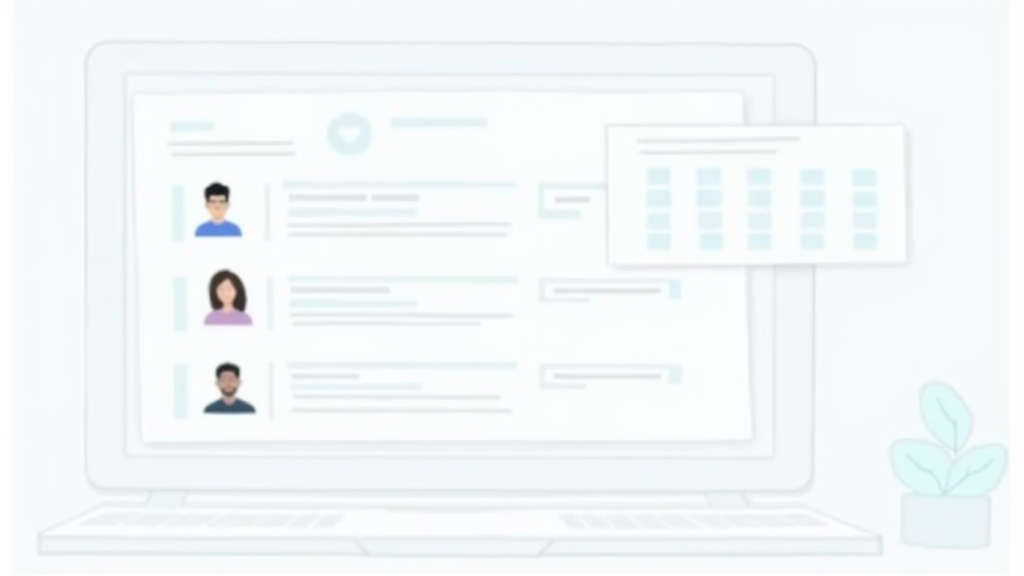Jira Permissions and Roles FAQ
Getting started with Jira can feel overwhelming, especially when it comes to understanding permissions and roles. I’ve learned that setting up permissions correctly is really important for keeping projects organized and secure. Here, I’m answering popular questions about Jira permissions and roles, so you can set up your team with confidence. If something isn’t covered here, you can always check Jira’s official cloud permissions documentation for more details.
Permissions Basics
What are Jira permissions?
Jira permissions are settings that control what users can see and do in your Jira projects. With the right permissions, a user might create issues, edit details, schedule sprints, or manage configurations. Without them, some actions are off-limits. Permissions help keep your team’s data safe and workflows running smoothly because only the right people can make changes.
How are permissions managed in Jira?
Permissions in Jira are managed through permission schemes. I assign schemes to projects and then configure which groups, roles, or users get specific rights. For example, a developer might need to move issues through workflow steps. A project admin can change settings or manage team members. You can tailor permission schemes to match your team’s needs and responsibilities.
User Roles in Jira
What are Jira user roles?
Jira user roles are labels for different types of users, often used to organize permissions and responsibilities. Common roles include project administrators, developers, testers, and endusers. Each role links to a set of allowed actions inside a project. I find it helpful to map out roles before adding users, so everyone lands in the right spot with the right access from the start.
What’s the difference between global and project roles?
Global roles cover the entire Jira system and include administrators and users who manage billing, Jira settings, or system updates. Project roles are specific to each project, like Project Lead, Developer, or Viewer. I use project roles to give just enough access to get work done, without giving broader rights that aren’t needed.
Setting Up Permissions
How do I assign permissions in Jira?
To assign permissions, I log into Jira as an admin and visit the project settings. Under Permissions, I choose what actions each group, role, or individual can perform. For example, I can allow certain users to edit issues, while restricting others to view only access. Changes save automatically and apply right away.
Can I create custom roles or permission schemes?
Yes, Jira lets me create custom roles and permission schemes. This feature is super helpful if my team works in unique ways. I set up roles like “QA Lead” or “External Collaborator,” then match them to permissions that make sense. Custom schemes help teams stay flexible and secure, especially as projects mix it up and grow.
Common Scenarios
How do permissions affect issue visibility?
If someone can’t see a project or issue, it’s usually a permission thing. Only users with browse permissions see certain projects or issues. If a team member mentions not finding something, I double-check their role assignments and make sure the permission scheme allows access. It’s worth noting that permissions also affect notifications, so users might not get updates for issues they can’t view.
What happens if I give too many permissions?
When users have more permissions than needed, project settings or data could be changed by accident. Any mistake in access can lead to confusion, data leaks, or workflow slowdowns. To avoid problems, I follow the principle of least privilege. I make sure users and groups only get access that matches their responsibilities. I review what people can do every so often and adjust roles or permissions when someone’s job changes. Having periodic audits helps catch anything that slipped through the cracks and keeps security tight.
Tips For Managing Permissions & Roles
How can I keep permissions secure and easy to manage?
First, I use groups and roles instead of assigning permissions to individuals. This approach keeps things easier to track and update. When someone joins or leaves, I simply change their group membership. Regularly looking over permissions also helps spot mistakes or outdated access. Documenting any custom roles or schemes means my team always has a point of reference. Training new team members on these basics is a good step, ensuring nobody accidentally changes permissions they shouldn’t touch.
Are there best practices for small or growing teams?
For small teams, I recommend starting with the default roles and permission schemes. As your project grows, add custom roles only when really needed. Keep permissions as simple as possible; overcomplicating access makes it tough to manage and can lead to mistakes. During onboarding, give a quick tour of how permissions and roles work in your Jira setup. I always remind myself that clear documentation goes a long way when onboarding new team members or switching up roles. Reviewing permissions regularly, even for small teams, can prevent surprises down the line.
Need More Help?
If you still have questions about Jira permissions and roles, you can always use the Jira support portal or check with your own project admin. Staying sharp with permissions helps your team stay productive and secure. Check out Atlassian Community forums where admins share real-world tips for managing permissions, or follow official Jira update notes to see if there are changes to how permission schemes work. Taking time to get permissions right helps your team focus on work without disruptions.
